The Renaissance is a historical period that goes from 1492 to around 1600, although many historians still argue about its end date. Of all the historical periods that we have taken into consideration to study the history of color, the Renaissance is undoubtedly the shortest period since it lasted just over a century compared to Roman or Egyptian history which covered thousands of years. However, the Renaissance deserves a separate chapter when talking about the history of color because this period was as short as it was intense for decorative art and painting.
Above all, classical painting is the symbol of this period and the Renaissance century is where most of the works of art that we now consider to be world heritage are concentrated and color played a very important role in the lives of artists who we still study today with great interest for their artistic skills.
The Centrality of Art in the Renaissance
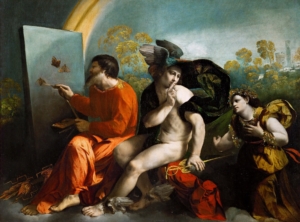
Jupiter, Mercury and Virtue – 1524
The Renaissance was a period of great changes for society. The discovery of the new world was one of the factors that most marked this period, bringing great commercial and cultural changes to old Europe that was experiencing a feudal period that greatly limited the development of culture and art in the last part of the Middle Ages. In the Renaissance, however, figurative art, compared to medieval art, was able to detach itself from the strong bond with religion that was created in the past millennium, finding new inspirations and new ideas that also led to the birth of new colors.
Italy was a symbol of this period and it was precisely during the Renaissance period that the great artistic and cultural heritage was born that would lead Italy to be the country with the largest number of works of art considered World Heritage. Cities like Venice and Florence were the center of this cultural development and were avant-garde cities in many aspects, from social organization to respect for the citizen. It is precisely in this period that a new humanism develops that will slowly lead to the great conquests of human rights in the following centuries and cities like the Italian ones were a model for this new way of life.
Thanks to this widespread well-being, art was able to develop in this period in a rapid and surprising way, producing in just one hundred years more art than man had produced during the entire Medieval period, which lasted over a thousand years. In this century, artists and decorators will return to enjoy an excellent social fame and will become more and more specialists, leading each artist to create their own colors to ensure that they adapt to the style of the performer and the taste of the person who had commissioned it.
Natural Pigments of the Renaissance
The methods of preparing color during the Renaissance are those that we have already learned to know during the history of human art. The colored pigments were first ground and then combined with the binder that has the purpose of allowing the color to bind to the support. The choice of binder is crucial to establish the technique used: when the binder is of vegetal origin such as animal glues, we speak of Tempera, when instead the binder is an oil such as linseed, walnut or poppy, we speak of the oil technique. Watercolor, on the other hand, uses the famous gum arabic as a binder, obtained from the Acacia tree and already very widespread among the ancient Egyptians and Romans. Finally, there is the famous fresco technique that does not require any binder for the pigments since the color is applied directly on the still wet plaster that will act as a binder as it dries.
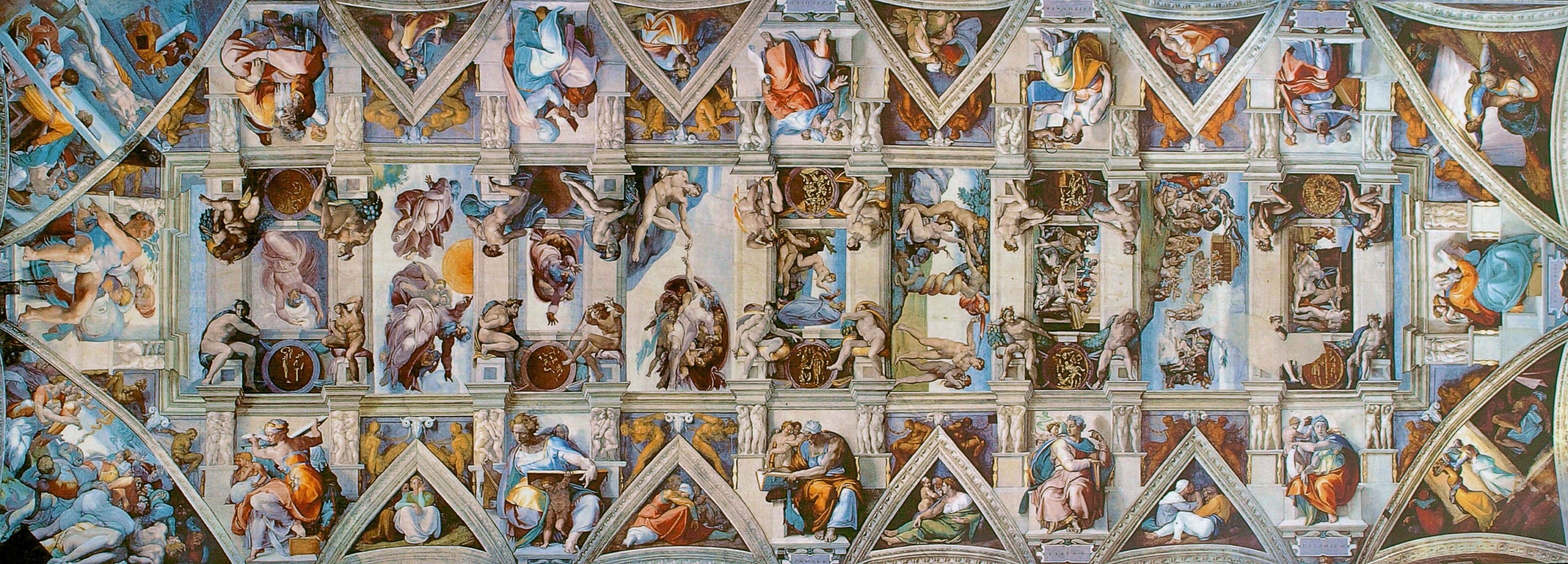
Sistine Chapel Vault – 1512
Some of the most famous painters personally produced their own colors by carefully choosing the highest quality pigments and mixing the individual ingredients. This allowed them to obtain higher quality colors that were more resistant to the effects of time than the industrial ones that were already widespread during the Renaissance. Cities like Venice and Florence, in addition to being great cultural centers, were also great commercial powers, so the wealthiest artists found top quality pigments from all over the world on the market.
The Colors and Pigments of Ancient Egypt
Ancient Egypt is undoubtedly one of the civilizations that has been the subject of the greatest number of in-depth historical and archaeological studies and there are many researches of every kind and nature on this extraordinary people, therefore the information on the colors and materials used are numerous and precise despite the distance in time. Thanks to literature and chemical science it is possible to trace precisely the pigments used in Egyptian decorations without however missing a part of mystery that has always accompanied the history of this civilization, in particular on some colors and techniques that even today are impossible to decipher with precision. Here are the main colors and the main pigments used to obtain them in ancient Egypt:
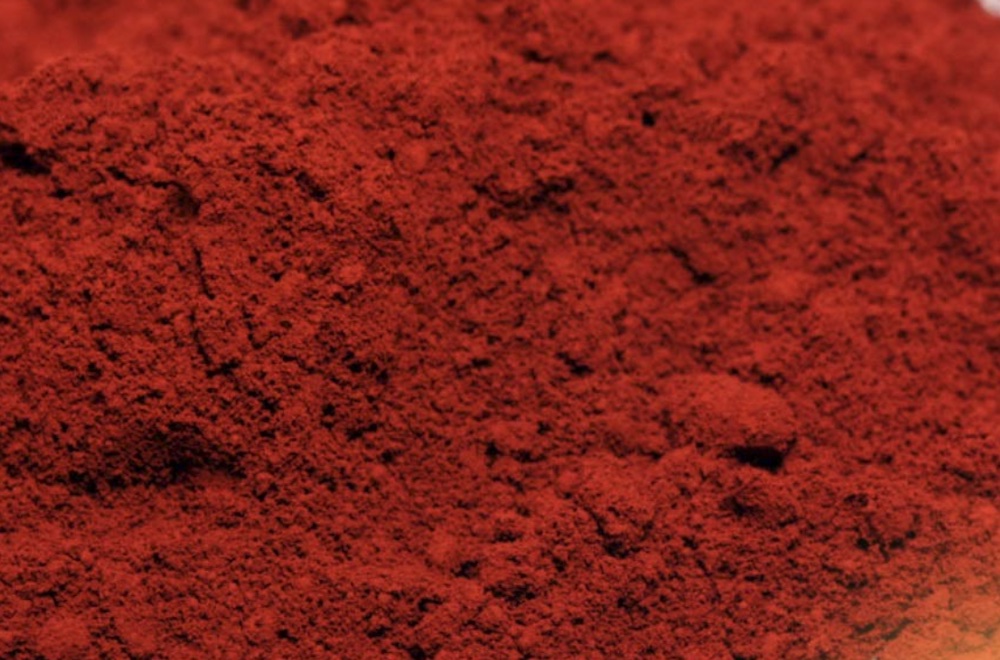
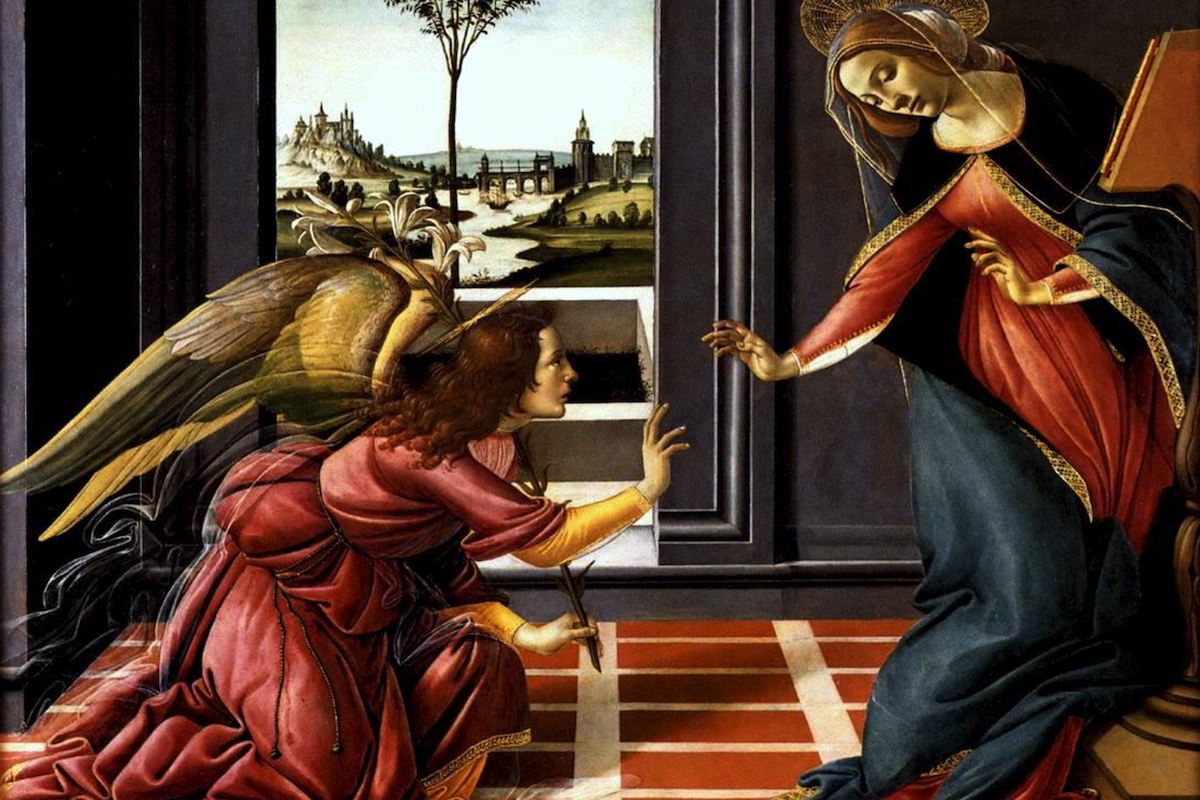
THE REDS
MAIN SOURCES: Red Ochre, Cinnabar, Minium
Red Ochre, which was the first color of man, is often used again by artists of great importance such as Michelangelo who know how to appreciate its nuances and historical value and in general it is possible to find the presence of earth ochre in many of the works that were created in the Renaissance and which are today World Heritage Sites. In general, however, the production of red during the Renaissance is very similar to that of the Roman era, with a large use of Cinnabar and Minium to obtain a brighter red, a search for light that will lead above all to the use of lacquers, which guaranteed the maximum level of brilliance.
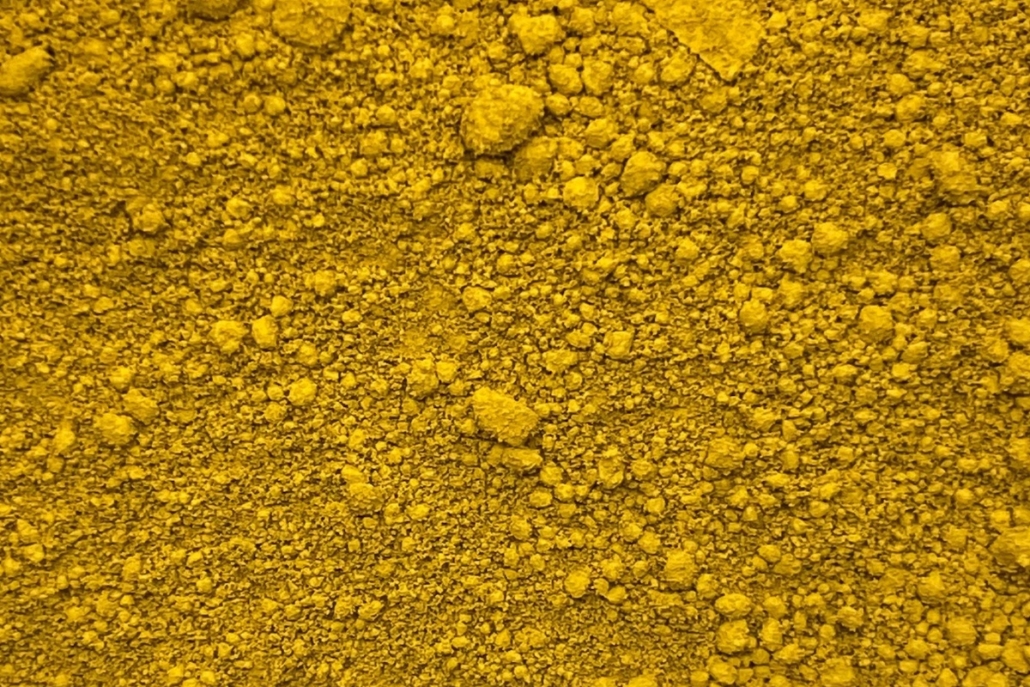
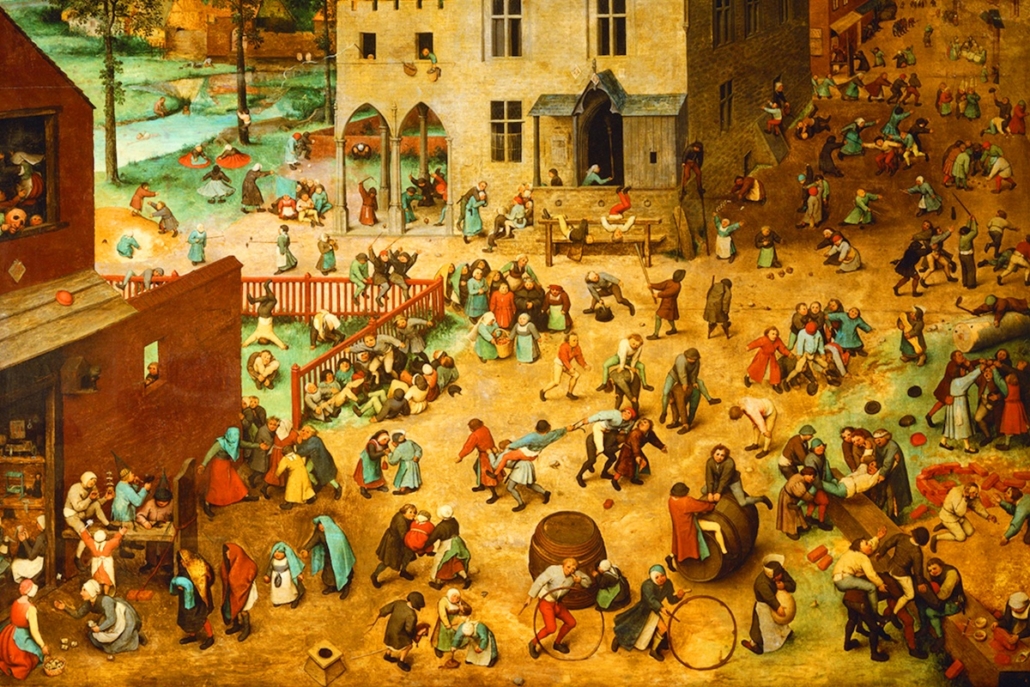
THE YELLOWS
MAIN SOURCES: Orpiment, Realgar, Giallorino
As in the Middle Ages, also in the Renaissance the most widespread yellow was that obtained from orpiment, a mineral composed of arsenic sulfide, characterized by a golden yellow and an adamantine shine, which was imported in large quantities from Asia as happened during the Roman Empire. A synthetic pigment also widely used to obtain yellow was Giallorino, discovered in the late Middle Ages this process used tin and lead to create an inorganic yellow pigment with great coloring properties. There were many variations to create this pigment such as the one that used the calcination of litharge and other elements instead of lead.
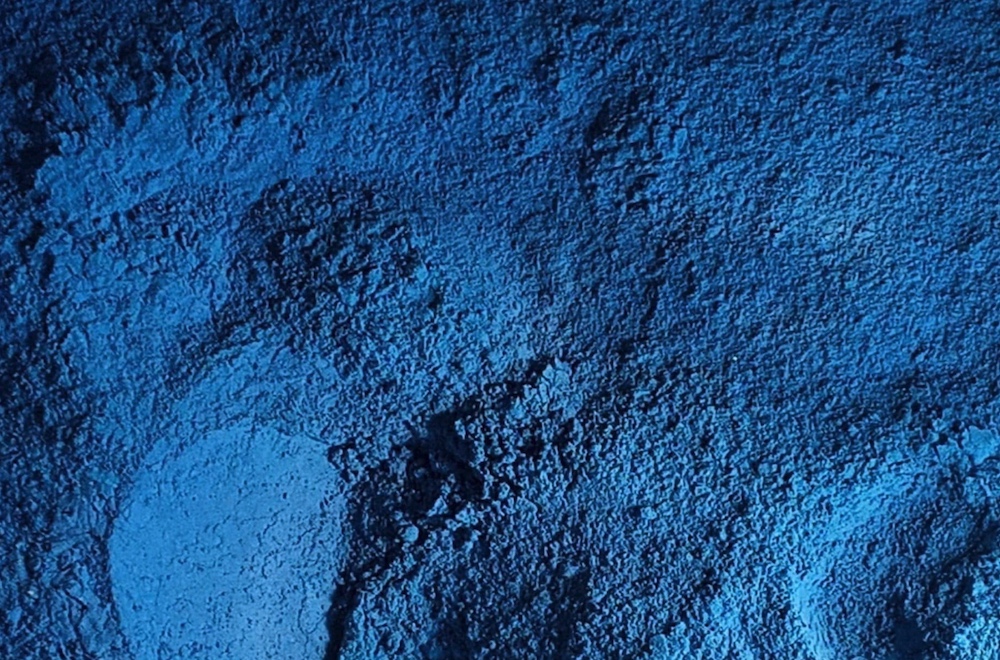
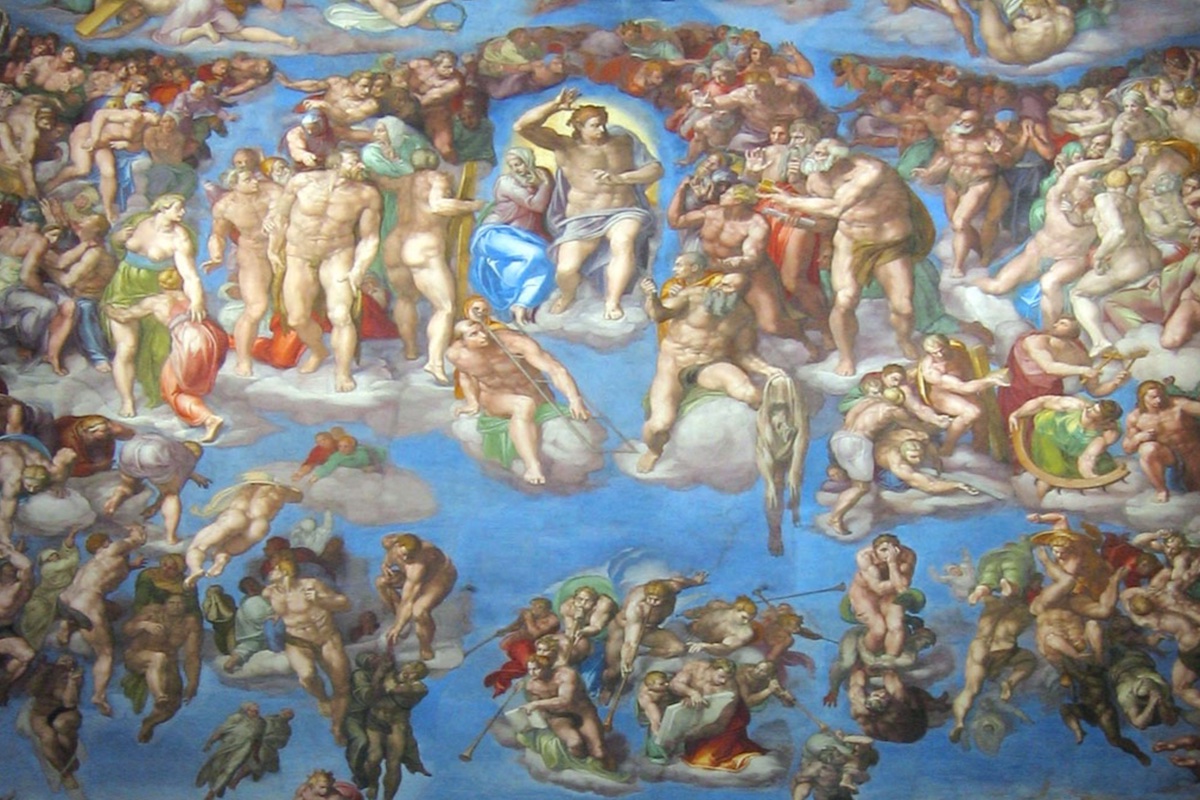
THE BLUES
MAIN SOURCES: Azurite, Lapis Lazuli, Smaltino
Blue is an important color in the Renaissance but historically the natural pigments to obtain blue are the most expensive and do not have a strong coloring power therefore large quantities are needed to obtain bright colors. Therefore even in the Renaissance period not all artists could afford to use this color often for a purely economic question. The most widespread blues were the same ones so loved by the ancient Egyptian people, namely those obtained from azurite and lapis lazuli, a mineral that was imported mainly from Afghanistan. The real innovation of the Renaissance color lies precisely in the Smalto Blue or Smaltino, a pigment obtained from colored glass mixed with water that was already known to past civilizations but which had never been used as a pigment for the creation of color.
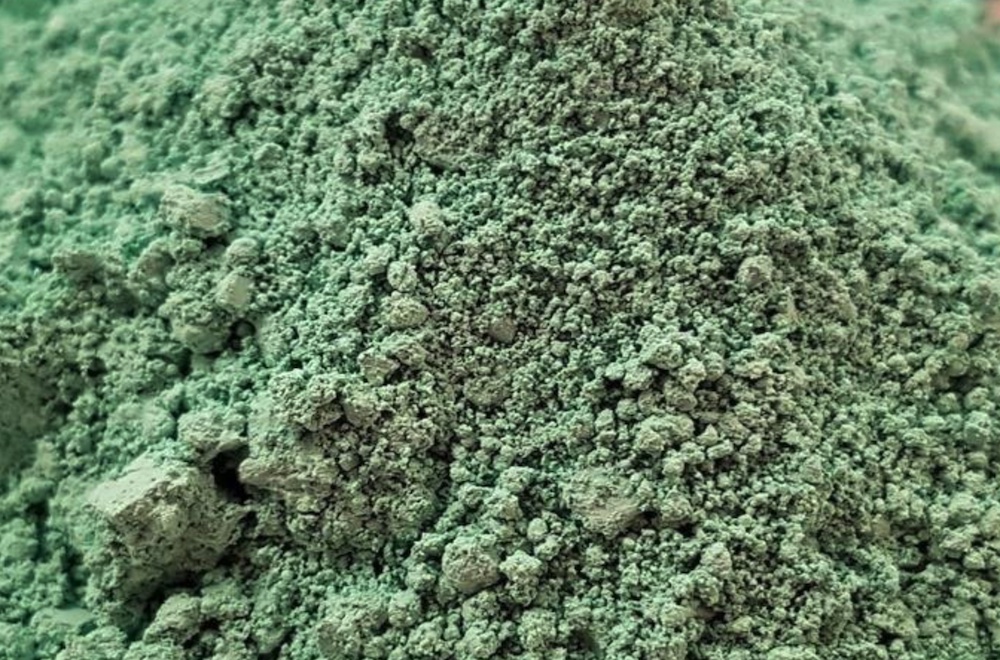
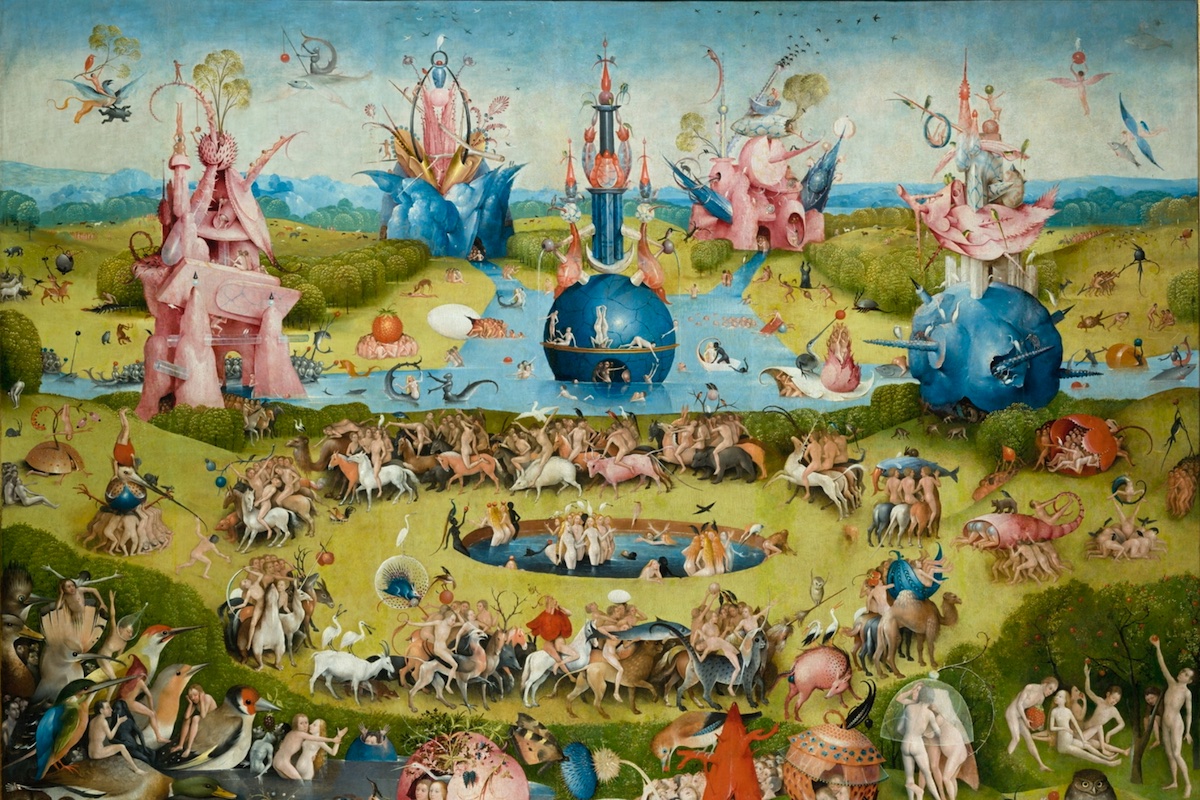
THE GREENS
MAIN SOURCES: Green Earth, Verdigris, Malachite
Natural green earth also returned to be widely used during the Renaissance and that of Verona, more precisely from Prun, was among the most appreciated by Italian artists who considered it to be of the best quality while in the rest of Europe the green earth from Bohemia and Germany was also highly esteemed. Verdigris, an ancient pigment obtained using vinegar vapors on copper, was also very popular in oil painting and fresco while pigments obtained from Malachite, a mineral with a typical green color that was rare in Europe but very common in Africa, unlike verdigris, had a more limited use because they could not be used in fresco due to their incompatibility with lime.
The Renaissance Artisan Painter
The Renaissance is the period of great artists and great pictorial works. During this rich historical period, decoration in general reaches its maximum levels and in the palaces of power and in the great residences it was easier to find walls and ceilings frescoed by great artists rather than finding single-color paints and varnishes. As we have mentioned, in the Renaissance artists used to produce their own colors using mostly natural pigments and binders and this leaves us a small lesson. In fact, unlike most artists of the last century, Renaissance artists are not only painters but also artisans of color, I know well the pigments they use and the processes to create them. The use of industrial pigments was considered a disvalue for the work itself, going to the detriment of the authenticity and uniqueness of each single color that is created by natural pigments.
INSIGHTS AND SOURCES
Michelangelobuonarrotietornato.com – Artfiller.it – Wikipedia – Renneritalia.com

